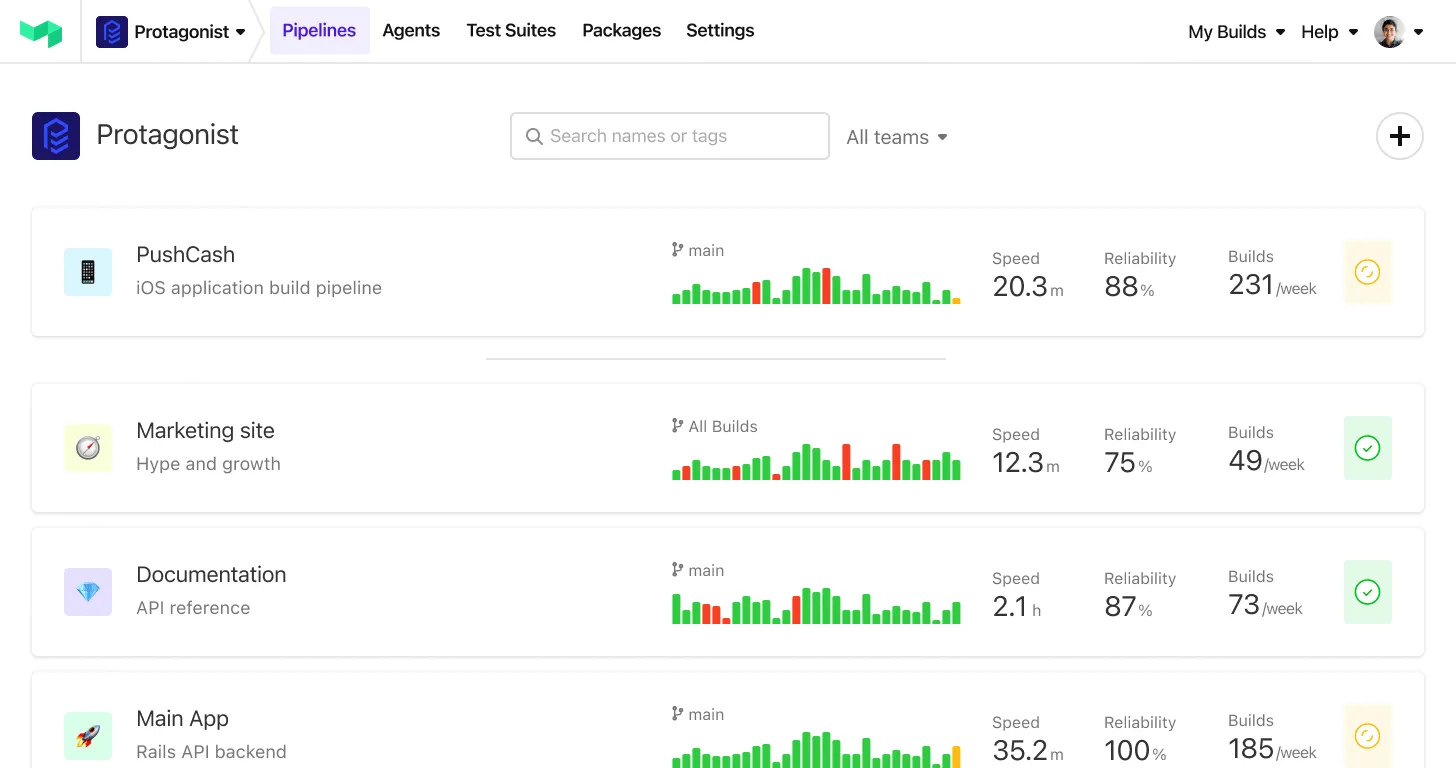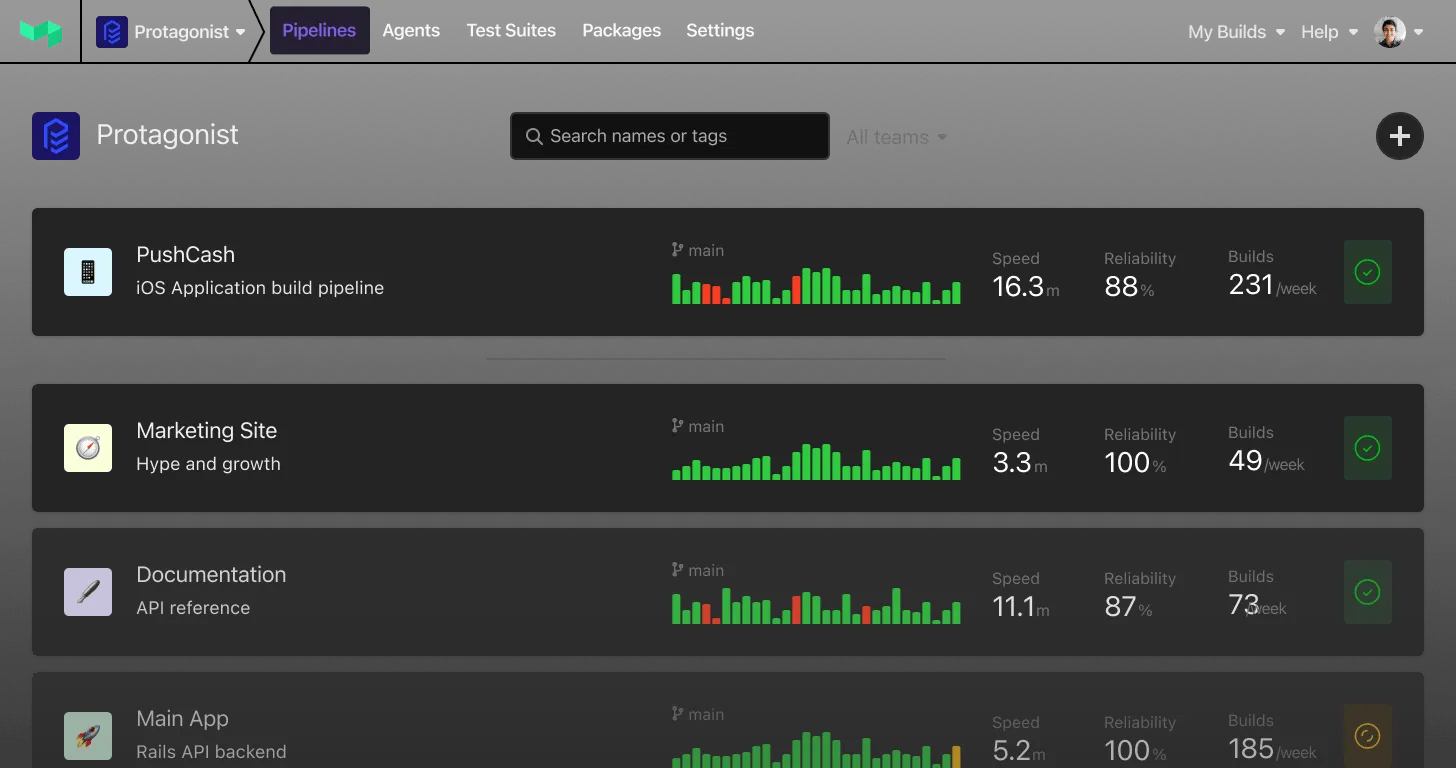Deployment Automation
Both platforms offer deployment automation capabilities, but with different approaches and levels of built-in intelligence.
Jenkins
Jenkins requires configuration through plugins and scripting to create deployment automation workflows. While highly customizable, this typically involves more manual setup and maintenance of deployment processes.
Harness
Harness provides built-in automated deployment capabilities with pre-configured templates for strategies like blue/green and canary deployments. It includes automated verification and intelligent rollbacks without requiring extensive scripting.
Architecture & Scalability
The underlying architecture affects how each platform scales to meet enterprise needs.
Jenkins
Jenkins uses a master/agent architecture where one Jenkins controller manages Jenkins agents. While this allows for distributed builds, the controller can become a bottleneck in large-scale deployments without careful management.
Harness
Harness employs a microservices architecture with a Manager and Delegate model. The Delegate runs in your environment and connects to the Manager, enabling better scalability and allowing each service to scale independently based on resource needs.
Pipeline Definition
How pipelines are defined and managed impacts developer experience and code management.
Jenkins
Jenkins offers Pipeline as Code through Jenkinsfiles written in Groovy DSL. This approach allows version control of pipeline configurations, but historically Jenkins relied heavily on manual UI configuration that could lead to configuration drift.
Harness
Harness supports both YAML configuration files and a visual pipeline editor. Its Pipeline as Code approach ensures version control while the visual editor makes pipeline creation and management more accessible to teams with varying technical expertise.
Integration Capabilities
The ability to connect with other tools in the DevOps ecosystem is crucial for a seamless workflow.
Jenkins
Jenkins excels with over 1,700 plugins that enable integration with virtually any DevOps tool. This extensive ecosystem allows for high customization but requires managing plugin compatibility and updates.
Harness
Harness offers 40+ security scanner integrations and connections to common tools including Git repositories, cloud providers, and monitoring systems. While having fewer integrations than Jenkins, Harness focuses on quality-of-integration and seamless connections.
Deployment Verification
How each platform ensures successful deployments and handles failures is critical for reliability.
Jenkins
Jenkins requires manual configuration of post-deployment verification steps, typically involving custom scripts or third-party plugins to monitor deployment success and trigger rollbacks if needed.
Harness
Harness includes Continuous Verification that automatically monitors deployments for performance or quality regressions using existing monitoring tools. It can automatically detect issues and trigger rollbacks without manual intervention.
User Interface & Experience
The usability of the platform affects team adoption and productivity.
Jenkins
Jenkins has a functional but older UI that can feel outdated compared to modern applications. Recent updates have aimed to modernize the interface, but it still maintains its traditional approach to job configuration and management.
Harness
Harness offers a modern, user-friendly interface with both visual editors and code-based options. Its UI is designed for current DevOps practices with features like dashboards for monitoring deployments and pipeline visualizations.




